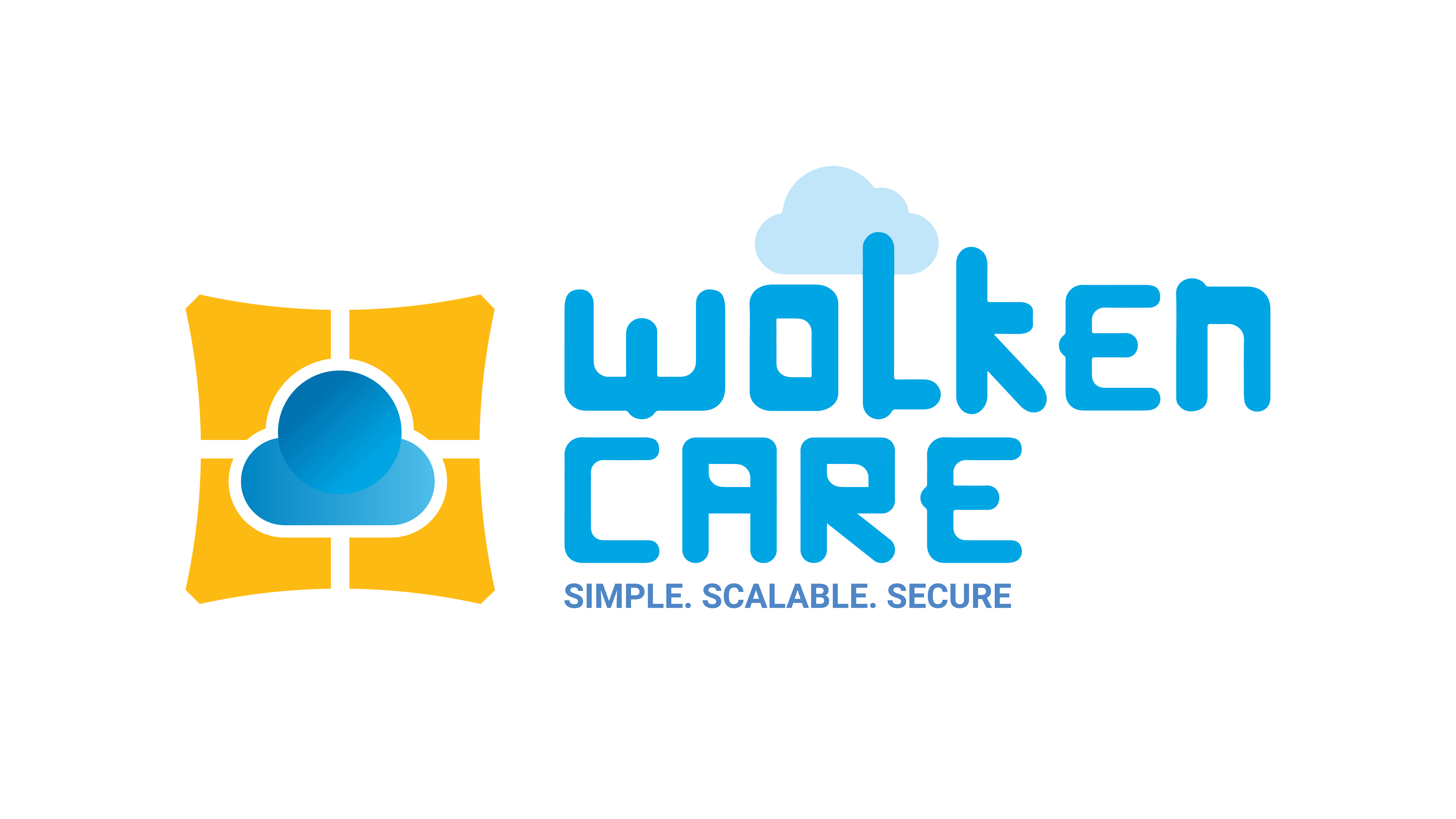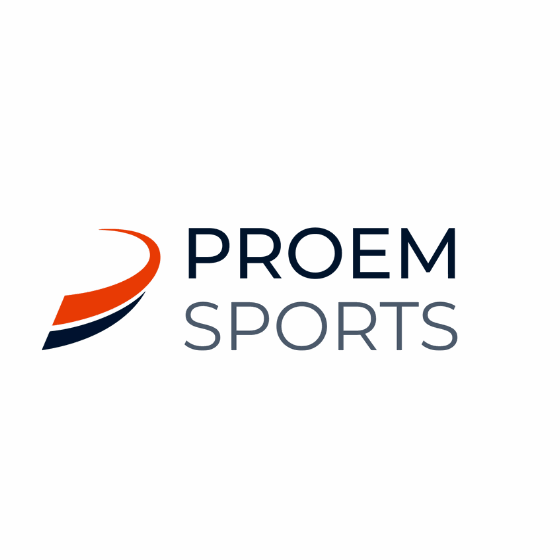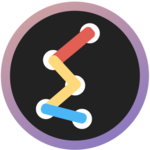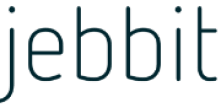Description

Inline Manual

Wolken Care
Comprehensive Overview: Inline Manual vs Wolken Care
Inline Manual
a) Primary Functions and Target Markets:
Primary Functions:
- User Onboarding: Inline Manual provides tools to create guides, walkthroughs, and tooltips to help new users understand how to use a software application effectively.
- Customer Support and Engagement: It facilitates better user engagement by enabling customized in-app messages and tutorials that can assist users without the need for direct intervention from support teams.
- Product Adoption: By offering interactive tutorials and in-app messages, it helps improve product adoption rates.
- Customization and Analytics: Users can customize the appearance and behavior of help content and analyze user interactions to improve content relevance and effectiveness.
Target Markets:
- SaaS Companies
- Enterprises looking to enhance in-app customer support
- Product Managers wanting to improve user experience and onboarding
- Educational Technology Providers
b) Market Share and User Base:
Inline Manual has a moderate market share in the digital adoption platform sector. It appeals primarily to small to medium-sized enterprises (SMEs) and startups due to its user-friendly interface and cost-effective options. While it is a strong contender in its niche, it competes with larger platforms such as WalkMe and Whatfix, which have a broader reach and market penetration.
c) Key Differentiating Factors:
- Simplicity and Ease of Use: Inline Manual is known for its intuitive setup process and ease of use, making it accessible to organizations without extensive technical resources.
- Customization Options: Offers a high level of customization in creating in-app tutorials and messages, allowing businesses to tailor content to their brand and user needs.
- Pricing: Competitive pricing structure that appeals to SMEs and growing startups.
Wolken Care
a) Primary Functions and Target Markets:
Primary Functions:
- Customer Service Management: Wolken Care offers a suite of tools designed to improve customer service operations, including ticketing, case management, and workflow automation.
- Intelligent Automation: Utilizes AI and machine learning to automate routine tasks, enabling faster response and resolution times.
- Multi-Channel Support: Provides support across various channels such as email, chat, and social media, ensuring a comprehensive approach to customer service management.
- Analytics and Reporting: Offers robust reporting features for tracking performance metrics and service levels, allowing companies to make data-driven decisions.
Target Markets:
- Large Enterprises
- Businesses with complex customer service needs
- Industries such as healthcare, finance, retail, and telecommunications
- Organizations looking for a comprehensive IT service management solution
b) Market Share and User Base:
Wolken Care has a strong presence in enterprises looking for robust IT and customer support solutions. Its market share is considerable within the IT service management and customer support software sectors, although it faces competition from larger, more established solutions like ServiceNow and Zendesk.
c) Key Differentiating Factors:
- Focus on Enterprise Solutions: Unlike many competitors, Wolken Care is specifically designed with enterprise-level functionality, supporting complex and large-scale operations.
- Customizable Workflows: Highly customizable, allowing businesses to tailor workflows to specific needs, which is beneficial in sectors that require strict compliance and regulation.
- AI and Automation: Advanced features leveraging AI to provide intelligent automation, aiming to reduce manual workload and improve service efficiency.
Comparison
Overall Market Position:
While both Inline Manual and Wolken Care serve different primary functions, there’s a clear distinction in their market focus. Inline Manual is more oriented towards user onboarding and interaction within software applications, appealing largely to SaaS companies and smaller businesses. Wolken Care is aimed at larger enterprises and focuses on enhancing customer service and IT management.
Target Audience Differences:
- Inline Manual: Targets product managers and SaaS companies looking to improve user onboarding and engagement within their software.
- Wolken Care: Caters to large enterprises and complex IT environments needing comprehensive customer and IT service management solutions.
Unique Selling Propositions:
- Inline Manual: Simplicity, ease of use, and cost-effectiveness for SMEs; ideal for improving software user onboarding.
- Wolken Care: Enterprise-level functionality, customizable workflows, and advanced AI capabilities for automation and multi-channel support.
Overall, choosing between Inline Manual and Wolken Care depends significantly on the company's size, industry sector, and specific service requirements.
Contact Info

Year founded :
2014
Not Available
Not Available
United Kingdom
Not Available

Year founded :
Not Available
Not Available
Not Available
Not Available
Not Available
Feature Similarity Breakdown: Inline Manual, Wolken Care
To provide a detailed feature similarity breakdown for Inline Manual and Wolken Care, let's explore the core functionalities, user interfaces, and unique features of each product.
a) Core Features in Common
-
Knowledge Base and Support Articles:
- Both products offer robust support for creating and maintaining a knowledge base, allowing users to access support articles and documentation easily.
-
User Guidance and Interactive Walkthroughs:
- Both platforms include features that guide users through processes or software applications. Inline Manual specializes in interactive product walkthroughs, while Wolken Care incorporates guided support experiences.
-
Ticketing and Issue Tracking:
- Both offer some form of issue tracking and ticket management, essential for resolving user inquiries and problems efficiently. This is more embedded into Wolken Care, given its broader support solution scope.
-
Customization and Integration:
- Both Inline Manual and Wolken Care provide options for customization and can integrate with other systems or applications to extend their functionality.
-
Analytics and Reporting:
- Each platform includes analytics and reporting features to track user interaction, success rates of support documents, and user engagement metrics.
b) User Interface Comparison
-
Inline Manual:
- Focuses on simplicity and product-led experiences. Its interface is designed for ease of use, particularly in creating interactive guides and walkthroughs. It emphasizes drag-and-drop functionalities and a visually intuitive dashboard for managing content.
-
Wolken Care:
- Wolken Care offers a more traditional interface oriented toward comprehensive IT service management. Its UI might include more detailed dashboards and configurations for managing tickets and customer queries. It might appear more complex compared to Inline Manual due to its extensive features for ITSM.
c) Unique Features
-
Inline Manual:
- Primarily focuses on creating in-product experiences like tooltips, onboarding tours, and contextual help that can be deployed directly within web applications.
- It may offer stronger capabilities for real-time user interaction analysis, tailored towards improving user onboarding and engagement within software applications.
-
Wolken Care:
- Stands out in its IT Service Management (ITSM) capabilities, offering features like problem and incident management, change management, and SLA management that go beyond user onboarding.
- Offers a comprehensive suite tailored for customer care, including extensive workflow automation features, making it suitable for complex, enterprise-level customer support operations.
Summary
In conclusion, while Inline Manual and Wolken Care share some common features like knowledge base support, user guidance, and analytics, they cater to slightly different needs and audiences. Inline Manual focuses intensely on user onboarding and experience within products, while Wolken Care provides a more traditional, robust solution suite ideal for ITSM and enterprise-level customer support. Their user interfaces reflect these functional focuses, with Inline Manual offering a more streamlined UI for creating guides and Wolken Care providing extensive configurations for service management.
Features

Not Available

Not Available
Best Fit Use Cases: Inline Manual, Wolken Care
Inline Manual and Wolken Care serve distinct purposes and cater to different types of businesses and scenarios. Here's an analysis of their best fit use cases:
Inline Manual
a) Best Fit for Types of Businesses or Projects:
-
Software-as-a-Service (SaaS) Companies: Inline Manual is particularly well-suited for SaaS businesses that need to onboard users effectively and reduce the learning curve for complex products. It enables the creation of interactive guides, tooltips, and walkthroughs which can be highly beneficial for user engagement and retention.
-
Training and Onboarding Projects: Companies or projects focused on employee training, especially in large enterprises, can leverage Inline Manual to create self-service learning modules. This can significantly cut down the instructional overhead and create a more interactive learning environment.
-
Product Development Teams: For teams developing digital products, Inline Manual can be a useful tool to prototype user interactions and gather feedback from early users or stakeholders.
d) Catering to Industry Verticals and Company Sizes:
-
Industry Vertical: It is ideal for tech-centric industries where digital products are prevalent, such as IT services, e-commerce, and digital marketing.
-
Company Size: Inline Manual serves both small startups that need to efficiently onboard users without a large support team and large enterprises aiming to streamline user training across multiple teams or departments.
Wolken Care
b) Preferred Scenarios:
-
Customer Support and IT Service Management: Wolken Care excels in providing IT service management (ITSM) solutions. It is perfect for businesses or scenarios where customer support needs to be efficiently managed, and IT operations need streamlined processes.
-
Enterprises with Multiple Departments: Suitable for large organizations that require a robust system to handle support tickets, manage service requests, and integrate different departments for a cohesive customer service strategy.
d) Catering to Industry Verticals and Company Sizes:
-
Industry Vertical: Wolken Care is versatile in serving various sectors, including healthcare, finance, retail, and manufacturing, where managing customer queries and IT services efficiently is crucial.
-
Company Size: It is more oriented towards medium to large enterprises due to the complexity of managing extensive service operations, although smaller businesses focusing largely on customer support might also benefit from its features.
In summary, Inline Manual is ideal for companies focused on digital product user engagement and training, particularly in tech industries, while Wolken Care is better suited for businesses needing comprehensive IT service management and customer support solutions across various industries. Each product is beneficial depending on the specific needs regarding user guidance or service management.
Pricing

Pricing Not Available

Pricing Not Available
Metrics History
Metrics History
Comparing undefined across companies
Conclusion & Final Verdict: Inline Manual vs Wolken Care
To provide a comprehensive conclusion and final verdict for Inline Manual and Wolken Care, we will analyze the value offered by each product, weigh the pros and cons, and offer recommendations for potential users.
a) Best Overall Value
Best Overall Value:
The determination of which product offers the best overall value depends on the specific needs of the user or organization. Both Inline Manual and Wolken Care bring distinct advantages to the table, aimed at different aspects of user engagement and support.
- Inline Manual is primarily focused on user onboarding, product tours, and interactive guides. It is well-suited for businesses aiming to enhance user experience and engagement through in-app tutorials and self-service resources.
- Wolken Care, on the other hand, excels in customer service management and support ticketing. It is ideal for businesses that prioritize robust support infrastructure over direct user engagement tools.
To identify the best value, businesses must consider their primary goals: enhancing customer service efficiency (Wolken Care) versus improving user onboarding and engagement (Inline Manual).
b) Pros and Cons
Inline Manual:
Pros:
- User Engagement: Excels in creating engaging, in-app experiences for users to enhance onboarding and retention.
- Customizable Tours: Offers extensive customization options for product tours and tutorials.
- Ease of Use: Provides a user-friendly interface that does not require deep technical knowledge.
Cons:
- Limited Support Features: Lacks robust support ticketing systems, focusing instead on user guidance.
- Price: Depending on the required features and the scale of usage, pricing can become a concern for smaller businesses.
Wolken Care:
Pros:
- Comprehensive Support Suite: Offers full-scale customer support management including ticketing, SLA management, and reporting.
- Integration Capabilities: Easily integrates with existing CRM and service tools to streamline operations.
- Scalability: Well-suited for businesses that anticipate growth in their support needs.
Cons:
- User Onboarding Limitations: Does not provide interactive on-screen guidance for user onboarding.
- Complexity: May require more setup and training for effective use.
c) Recommendations
For users trying to decide between Inline Manual and Wolken Care, consider the following:
-
Identify Core Needs: Clearly define whether your priority is improving user onboarding and engagement (Inline Manual) or enhancing customer support processes (Wolken Care).
-
Evaluate Integration Requirements: Consider how each product will integrate with your existing systems. If you need an extensive support operation to work seamlessly with current CRMs, Wolken Care might be the better choice.
-
Budget Considerations: Weigh the cost against potential benefits. Larger companies might afford either option, but smaller businesses may need to make trade-offs based on pricing.
-
Trial Runs: If possible, engage in trial periods with each tool to gauge their fit for your company’s specific operations and user feedback.
-
Long-term Strategy: Assess the future goals of the business. For companies aiming to expand their customer education and in-app user experience, Inline Manual could provide long-term benefits. In contrast, expanding support centers would benefit more from Wolken Care.
Ultimately, the decision between Inline Manual and Wolken Care should be influenced by the specific objectives and existing infrastructure of the business.
Add to compare
Add similar companies



